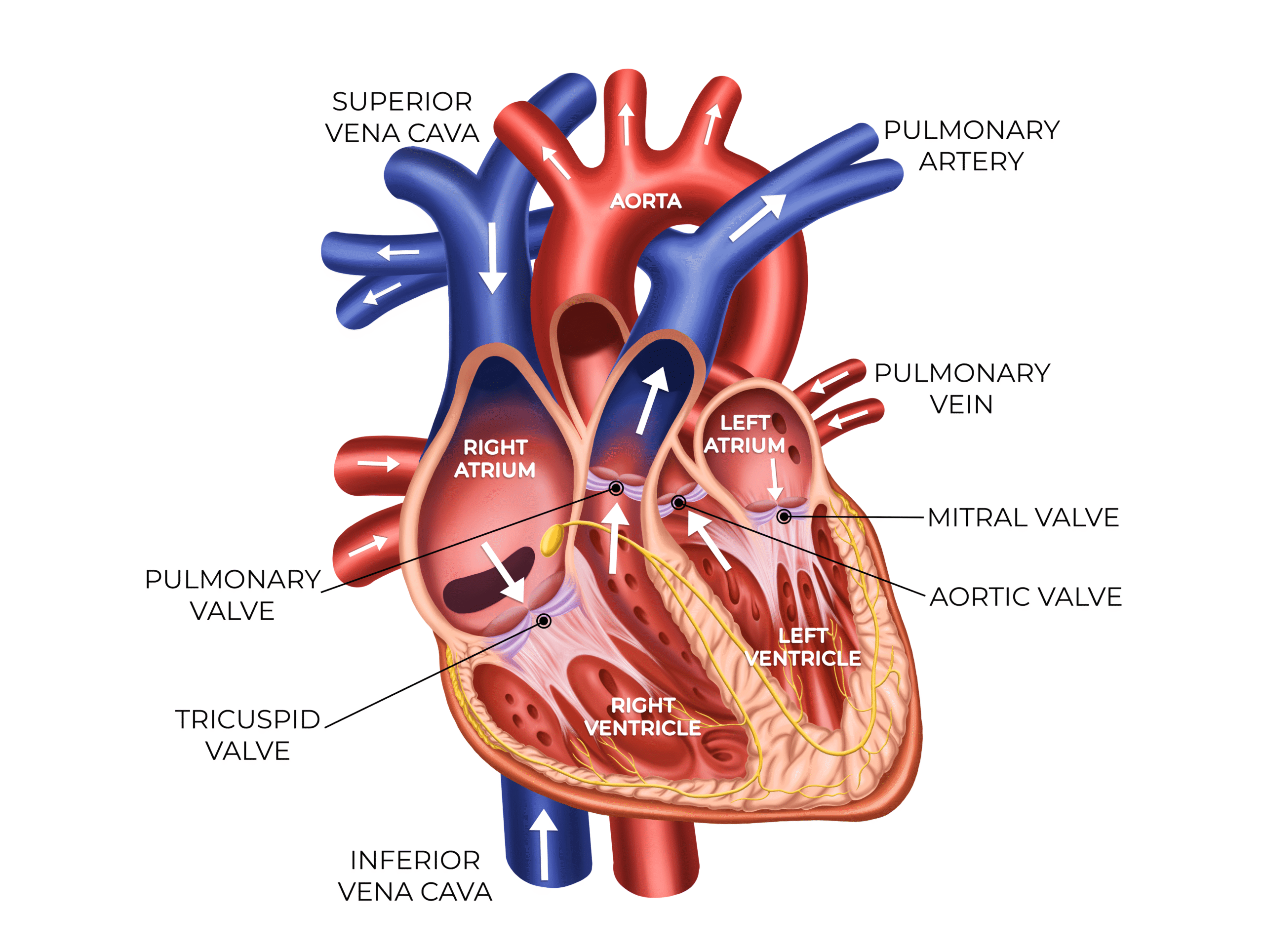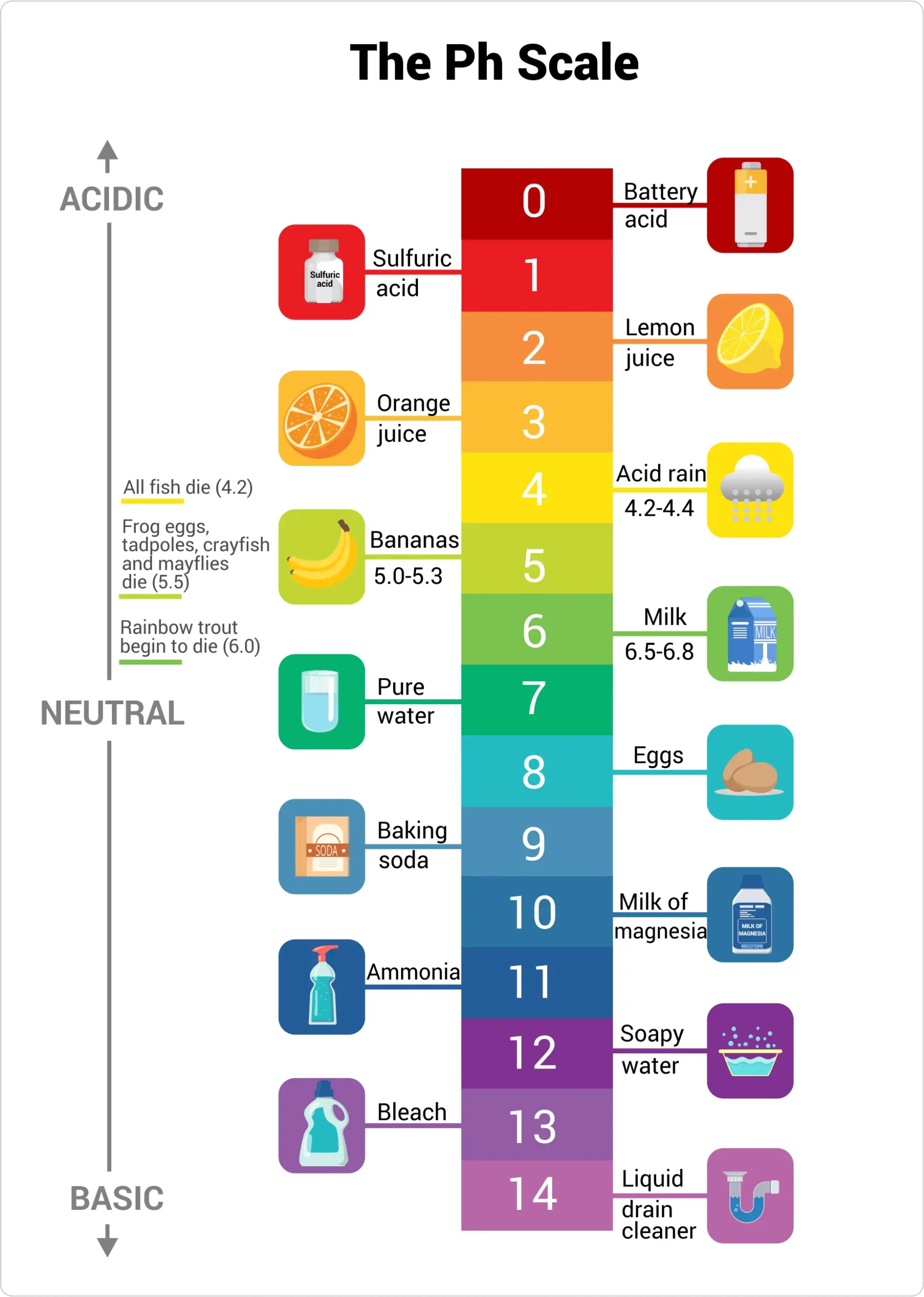 Biology
Biology
- Which of the following is considered a component of lipids?
- Plasma cells
- Fatty acids
- Nucleic acids
- Zinc
Fatty acids are long hydrocarbon chains that are key building blocks of many lipids.
Plasma cells are immune cells, nucleic acids are DNA/RNA, and zinc is a trace mineral; none of these are lipid components.
- Which chromosome is affected by Down syndrome?
- 13
- 15
- 21
- 23
Down syndrome results from trisomy 21, an extra copy of chromosome 21.
Chromosomes 13 and 18 are associated with other trisomies, and 23 refers to the sex chromosomes.
- Blood enters the lungs from which chamber of the heart?
- Right atrium
- Left atrium
- Right ventricle
- Left ventricle
The right ventricle pumps deoxygenated blood to the lungs via the pulmonary trunk and arteries. Atria receive blood, and the left ventricle pumps to systemic circulation.
- Excessive consumption of alcohol is most likely to damage which organ of the body over a long period of time?
- Kidney
- Liver
- Pancreas
- Gallbladder
Long-term excessive alcohol use most commonly damages the liver (fatty liver → hepatitis → cirrhosis).
The kidney, pancreas, and gallbladder can be affected by alcohol, but the classic chronic target is the liver.
- A molecule of hemoglobin can hold how many molecules of oxygen in the blood for transport?
- 2
- 4
- 6
- 8
Each hemoglobin molecule has four heme groups, and each heme binds one O2, for a total of four. Values like 2, 6, or 8 don’t match hemoglobin’s structure.
- Which of the following best describes the biomechanics of breathing?
- Pump-handle motion
- Lever action
- Inspiration
- Expiration
“Pump-handle motion” describes the sternum and upper ribs swinging upward during inspiration, increasing the anterior–posterior chest diameter.
“Lever action” is nonspecific, while inspiration and expiration are phases, not motion patterns.
- Which of the following describes animals that almost exclusively eat meat?
- Herbivores
- Carnivores
- Arthropods
- Prolific organisms
Herbivores eat plants, “arthropods” is a phylum, and “prolific organisms” isn’t a dietary category.
- Which of the following describes the physical expressions of a gene?
- Transcription
- Genotype
- Phenotype
- Translation
Phenotype refers to observable traits such as eye color and height.
Genotype is the genetic makeup, and transcription/translation are processes of gene expression, not the traits themselves.
- Where do neurons connect?
- Synergy
- Terminal site
- Docking station
- Synapse
Neurons communicate at a synapse, where signals pass chemically (via neurotransmitters) or electrically to another neuron or effector.
- Which of the following is another word for the kneecap in the human body?
- Pisiform
- Meniscus
- Popliteal bursa
- Patella
The patella is the kneecap.
The pisiform is a wrist bone, the meniscus is fibrocartilage in the knee, and a popliteal bursa is a fluid-filled sac near the knee.
- Which of the following describes the shoulder joint?
- Ball and socket
- Saddle
- Hinge
- Pivot
The glenohumeral (shoulder) joint is a ball-and-socket joint, allowing wide ranges of motion.
Saddle joints allow biaxial movement, hinge joints allow flexion/extension, and pivot joints allow rotation.
- The organ of Corti is found in what area of the body?
- Mouth
- Ear
- Nose
- Lungs
The organ of Corti is the sensory structure for hearing within the cochlea of the inner ear. It houses hair cells that transduce sound vibrations into neural signals.


- The condition of rickets is associated with a deficiency in which vitamin?
- A
- C
- D
- Z
Vitamin D deficiency impairs bone mineralization, causing rickets in children (and osteomalacia in adults).
Vitamin A deficiency is linked to vision/epithelial issues, while vitamin C deficiency causes scurvy. “Z” is not a vitamin.
- A steroid is considered a ______.
- Lipid
- Protein
- Enzyme
- Weak acid
Steroids are lipids with a characteristic fused-ring structure.
Proteins are polymers of amino acids, enzymes are mostly proteins that catalyze reactions, and “weak acid” is not a macromolecule class.
- Cranial nerve X is the ____ nerve.
- Abducens
- Hypoglossal
- Facial
- Vagus
Cranial nerve X is the vagus nerve, a major parasympathetic nerve to thoracic and abdominal organs.

Abducens is VI, facial is VII, and hypoglossal is XII.
- Which chamber of the heart pumps blood to the systemic circulation?
- Left atrium
- Right atrium
- Left ventricle
- Right ventricle
The left ventricle pumps oxygenated blood into the aorta for systemic distribution and has the thickest myocardium.
The right ventricle pumps to the lungs, and the atria receive blood returning to the heart.

 Chemistry
Chemistry
- Which of the following pH ranges is a strong base?
- 1.3-2.0
- 4.5-5.2
- 7.1-9.0
- 11.2-12.0
Strong bases have high pH values, so 11.2–12.0 is strongly basic.

1.3–2.0 is strongly acidic, 4.5–5.2 is acidic, and 7.1–9.0 is weakly/basic to moderately basic.
 Physics
Physics
- Which of the following is not considered a type of radiation ray?
- Gamma
- Beta
- Alpha
- Infrared
The classic radiation rays are alpha, beta, and gamma (ionizing radiation).
Infrared is non-ionizing electromagnetic radiation and isn’t categorized among alpha/beta/gamma rays.
- A ball is traveling at a constant velocity of 50 m/s and has been traveling for over two minutes. What is the ball’s acceleration?
- 0 m/s2
- 25 m/s2
- 50 m/s2
- 100 m/s2
Acceleration is the rate of change of velocity. At constant velocity, the change in velocity is zero, so the acceleration is 0 m/s2.
The other options show nonzero accelerations, which would imply the speed or direction is changing.
- Which of the following formulas indicates Newton’s second law of motion?
- \(F = ma\)
- \(F = mva\)
- \(v = \frac{d}{t}\)
- \(p = mv\)
Newton’s second law states that net force equals mass times acceleration.
\(F = ma\)
\(F=mva\) is not a standard relation, \(v=\frac{d}{t}\) defines average speed, and \(p=mv\) is momentum, not Newton’s 2nd law.

 Biology
Biology Chemistry
Chemistry Physics
Physics